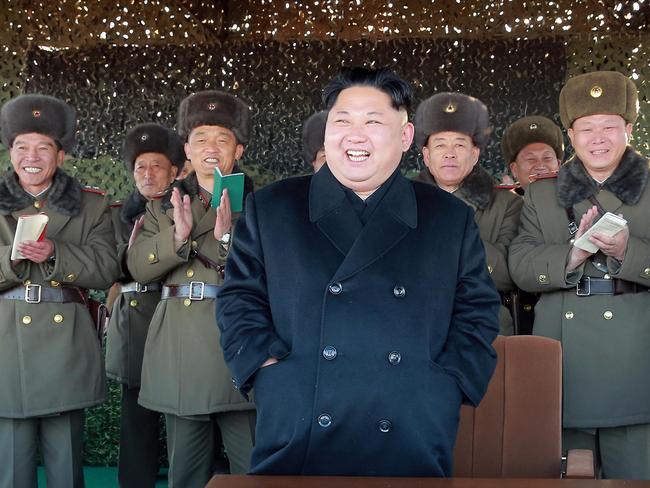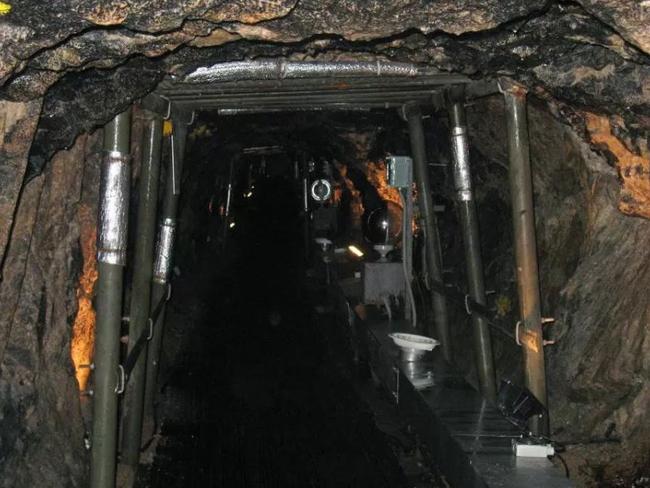Inside the North Korean tunnels designed to move 30,000 troops beneath its border with South Korea
FEARS are growing that North Korea plans to invade its neighbour to the south after a network of hidden tunnels was revealed.
NORTH Korea has dug tunnels underground, giving Kim Jong-un the ability to send 30,000 troops an hour beneath his country’s border with South Korea for a stealth attack.
Fears have been raised that as many as 84 secret war tunnels have been built, with some boasting sleeping areas, a railway and enough space to move tanks, reports The Sun.
The existence of these sprawling tunnels has raised the risk of a surprise invasion amid heightened tensions between the North and South.

The first major tunnel, which stretches 3.5km in length, was discovered in November 1974.
It was found northeast of Korangpo in the DMZ, extending 1km past the official border and just 65km from the South Korean capital Seoul.
The walls, which are 1.2m high and 1m wide, are reinforced with concrete slabs.
The tunnel has the capacity to move one regiment an hour — which means between 10,000 and 30,000 elite soldiers could pour through the cramped space.
It was equipped with a narrow-gauge railway and rail cars and was lit with lamps connected to 220-volt power lines.
A second tunnel was found in March 1975, 13km north of Chorwon, which stretched 1.1km south of the heavily-fortified border.

Twice as wide as the first tunnel, it is large enough to send through heavy weapons, tanks and field artillery.
Troops would be able to march through the underground tunnel at three to four abreast — meaning thousands could be deployed in an hour.
The second tunnel ran for 3.5km at a depth of 160m and is it understood to be 2.2m wide.
A third tunnel was uncovered after a tip-off from North Korea defector Kim Bu-seong on 17 October 1978.
It runs for 1.6km, some 73m below the surface, just south of Panmunjeom.
After it was built, coal dust was smeared around the entrance so it would be disguised as an abandoned coal mine.

It is now blocked by three concrete walls — but it still has enough room to transport 30,000 troops per hour.
Another tunnel was discovered in March 1990 which runs for 1,052m.
The Daily Star reported that the South Korean government believes there could be 16 more undiscovered tunnels.
A retired South Korean general has previously claimed there were as many as 84 tunnels beneath the border.
But the South dismissed the claims made by Hahn Sung-chu, a former two-star general, saying they were “groundless”.

This story originally appeared in The Sun



